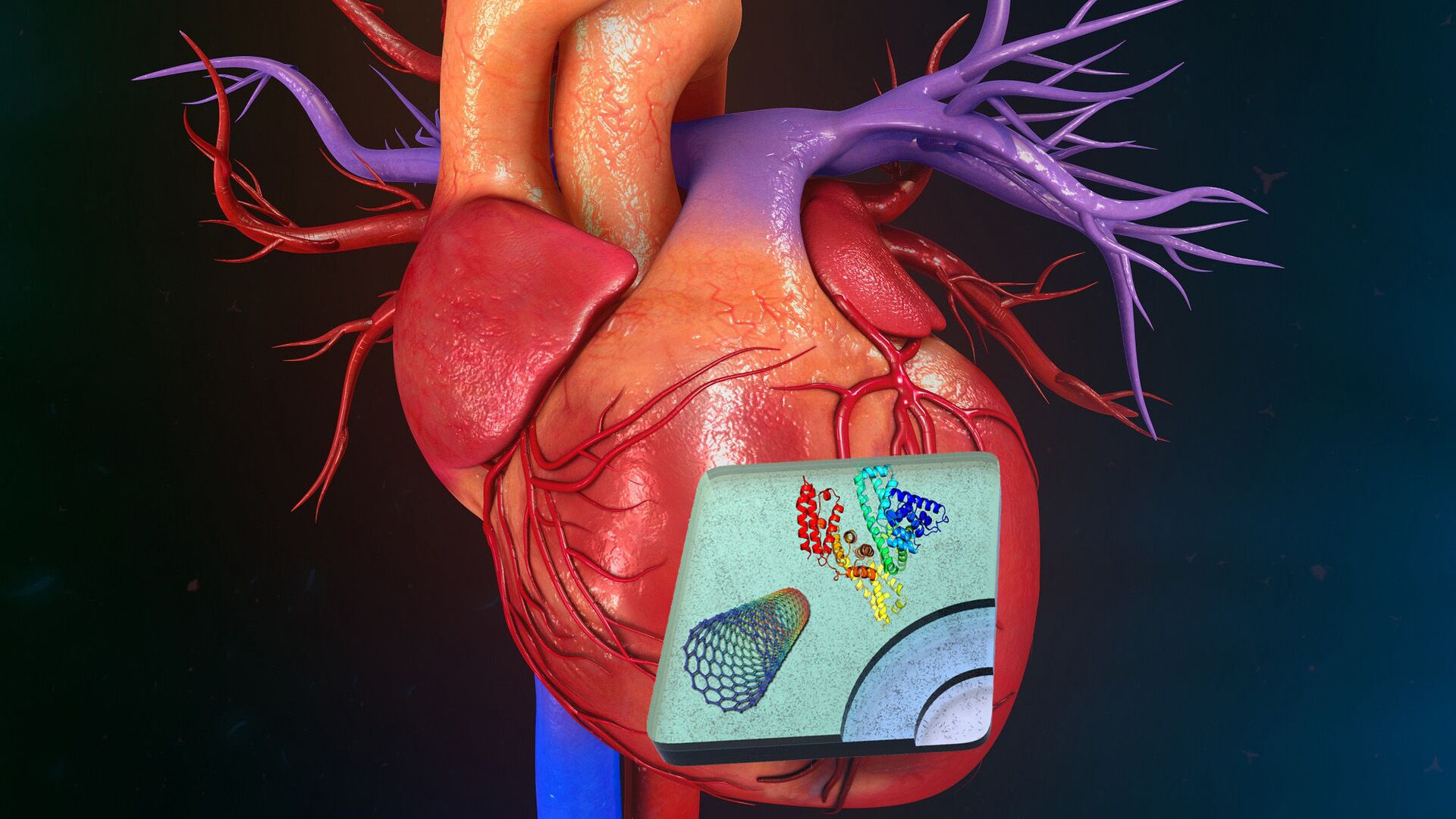https://sputnikglobe.com/20221129/way-of-the-future-researchers-use-ai-chest-x-rays-to-predict-heart-attacks-and-strokes-1104842811.html
Way of the Future: Researchers Use AI, Chest X-Rays to Predict Heart Attacks And Strokes
Way of the Future: Researchers Use AI, Chest X-Rays to Predict Heart Attacks And Strokes
Sputnik International
About 697,000 people die of heart disease in the United States alone every year, accounting for about one in every five deaths. 29.11.2022, Sputnik International
2022-11-29T21:04+0000
2022-11-29T21:04+0000
2022-11-29T21:01+0000
science & tech
scientific study
heart disease
heart attack
stroke
x-rays
https://cdn1.img.sputnikglobe.com/img/107911/88/1079118803_0:0:2000:1125_1920x0_80_0_0_495515d68f0150c536619f52d243cb11.jpg
Researchers have developed a method that can predict a patient’s risk of a heart attack or stroke using just one chest X-ray scan.Researchers at the Radiological Society of North America were able to use artificial intelligence (AI) to accurately predict future cardiovascular events with the same accuracy as clinical methods that are far more complex and difficult to obtain.Officials are hopeful doctors will be able to use the technology to help identify at-risk patients before their situation becomes critical.Doctors at present use a system called the atherosclerotic cardiovascular disease risk score (ASCVD), which looks at a variety of risk factors including age, sex, race, smoking history, blood pressure, Type 2 diabetes, and blood tests to determine a patient’s risk.But not all these variables are readily available and some can be difficult to obtain.The new method looks at patterns in chest X-rays that researchers always knew were there but didn’t have a reliable method to interpret.The model has been named the CXR-CVD risk model, short for the Chest X-Ray Cardiovascular Disease risk model.The experiment used 147,497 chest X-rays from 40,646 study participants. Researchers say they found a “significant association” between the risk predicted by the CXR-CVD model and observed major cardiac events.They also compared the CXR-CVD accuracy to the traditional ASCVD method using the 2,401 patients with enough data to evaluate their ASCVD risk. They found that CXR-CVD matched the efficiency of traditional methods.
Sputnik International
feedback@sputniknews.com
+74956456601
MIA „Rossiya Segodnya“
2022
News
en_EN
Sputnik International
feedback@sputniknews.com
+74956456601
MIA „Rossiya Segodnya“
Sputnik International
feedback@sputniknews.com
+74956456601
MIA „Rossiya Segodnya“
science & tech, scientific study, heart disease, heart attack, stroke, x-rays
science & tech, scientific study, heart disease, heart attack, stroke, x-rays
Way of the Future: Researchers Use AI, Chest X-Rays to Predict Heart Attacks And Strokes
About 697,000 people die of heart disease in the United States alone every year, accounting for about one in every five deaths.
Researchers have developed a method that can predict a patient’s risk of a heart attack or stroke using just one chest X-ray scan.
Researchers at the Radiological Society of North America were able to use artificial intelligence (AI) to accurately predict future cardiovascular events with the same accuracy as clinical methods that are far more complex and difficult to obtain. Officials are hopeful doctors will be able to use the technology to help identify at-risk patients before their situation becomes critical.
Doctors at present use a system called the atherosclerotic cardiovascular disease risk score (ASCVD), which looks at a variety of risk factors including age, sex, race, smoking history, blood pressure, Type 2 diabetes, and blood tests to determine a patient’s risk.
But not all these variables are readily available and some can be difficult to obtain.
The new method looks at patterns in chest X-rays that researchers always knew were there but didn’t have a reliable method to interpret.
"We've long recognized that X-rays capture information beyond traditional diagnostic findings, but we haven't used this data because we haven't had robust, reliable methods," the study’s lead author Dr. Jakob Weiss said. "Advances in AI are making it possible now."
The model has been named the CXR-CVD risk model, short for the Chest X-Ray Cardiovascular Disease risk model.
The experiment used 147,497 chest X-rays from 40,646 study participants. Researchers say they found a “significant association” between the risk predicted by the CXR-CVD model and observed major cardiac events.
They also compared the CXR-CVD accuracy to the traditional ASCVD method using the 2,401 patients with enough data to evaluate their ASCVD risk. They found that CXR-CVD matched the efficiency of traditional methods.
"What we've shown is a chest X-ray is more than a chest X-ray," Dr. Weiss said. "With an approach like this, we get a quantitative measure, which allows us to provide both diagnostic and prognostic information that helps the clinician and the patient."

